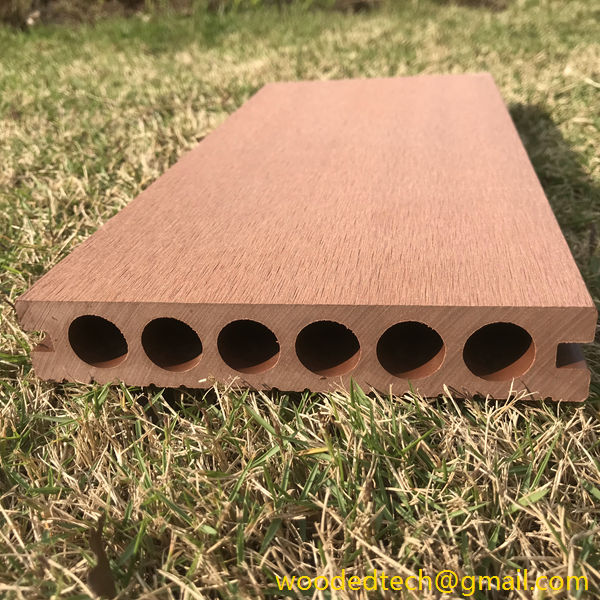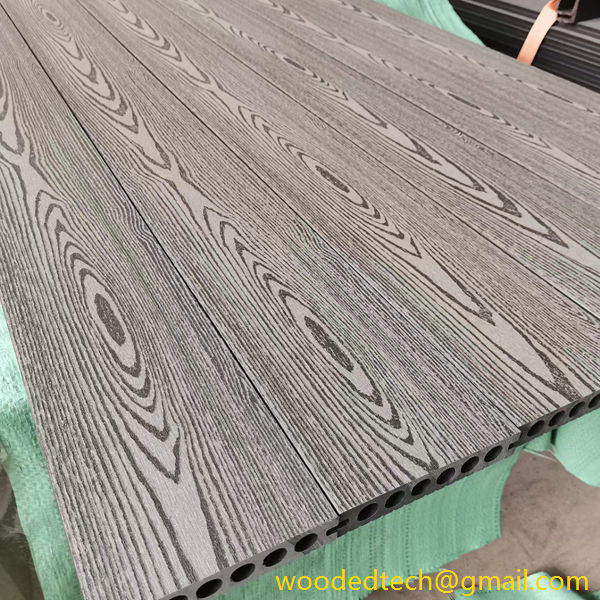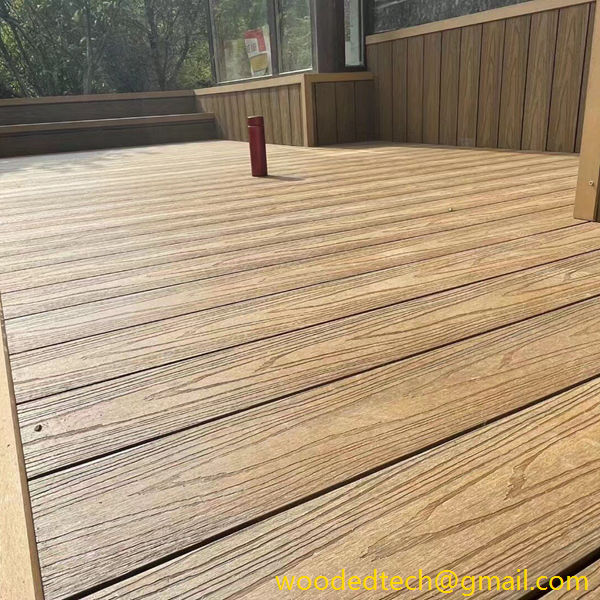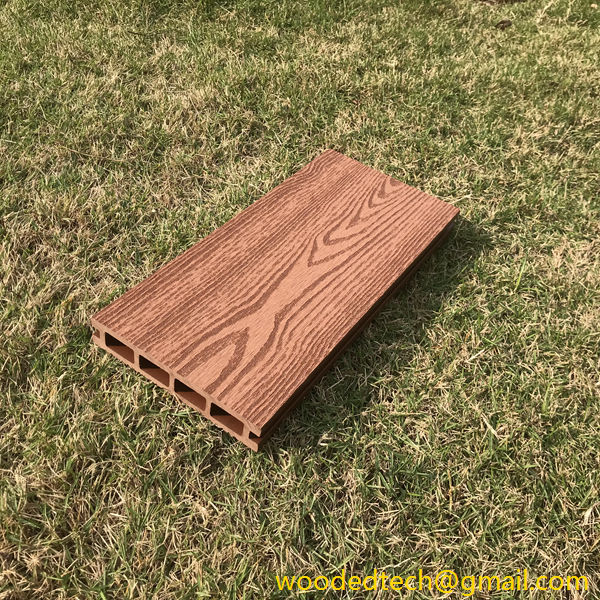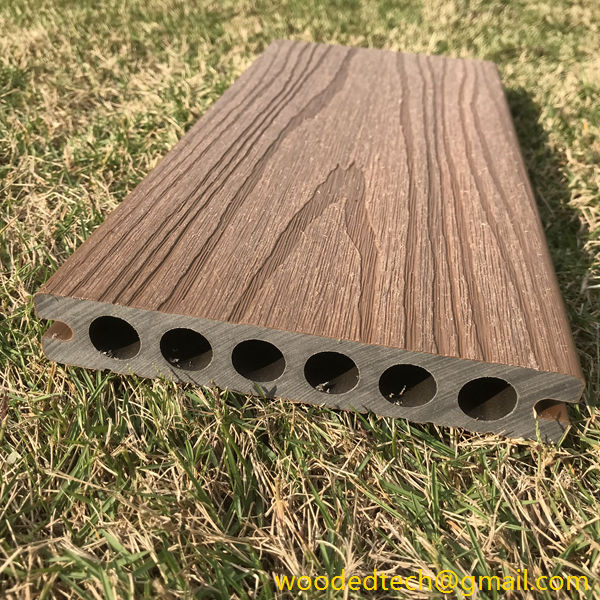WPC Panel Dimensions for Accurate Planning
When it comes to planning a project involving Wood Plastic Composite (WPC) panels, understanding their dimensions is crucial for accurate installation and maintenance. WPC panels are increasingly popular due to their durability, aesthetic appeal, and low maintenance requirements. However, precise measurements are essential to ensure a seamless installation process and long-lasting performance.
WPC panels are available in various dimensions, and selecting the appropriate size for your project can significantly influence the overall outcome. The standard dimensions of WPC panels can vary by manufacturer, but commonly, they are produced in lengths of 2.4 meters to 3.6 meters, widths of around 15 to 30 centimeters, and thicknesses ranging from 1.8 to 2.5 centimeters. Understanding these standard dimensions allows for better planning, especially when creating designs that require specific measurements.
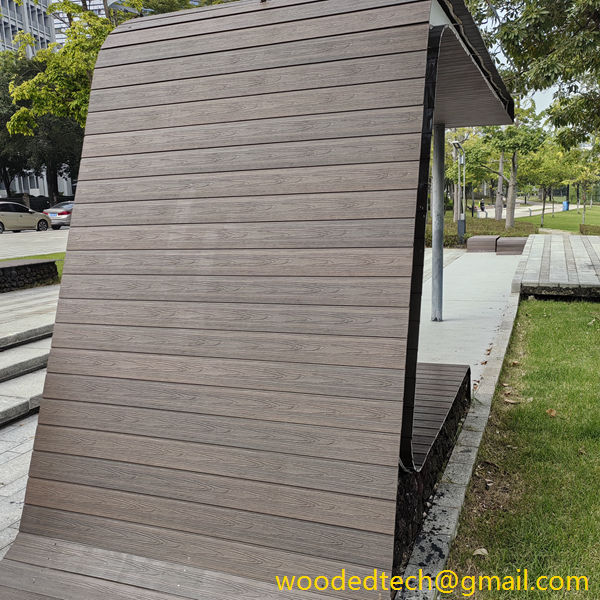
Accurate planning begins with measuring the area where the WPC panels will be installed. Whether you are working on a decking project, wall cladding, or fencing, it is essential to take precise measurements of the space. Start by measuring the length and width of the area while accounting for any corners, curves, or obstacles. This information will provide a clear understanding of how many panels will be needed and whether any custom cuts will be necessary.
Once you have the measurements, it is time to determine the number of panels required. To do this, calculate the total square footage of the area and divide it by the square footage of one panel. This calculation will help you determine how many panels you will need, allowing for any waste or mistakes during cutting. It is always a good practice to order a little extra material to accommodate for any unforeseen circumstances.
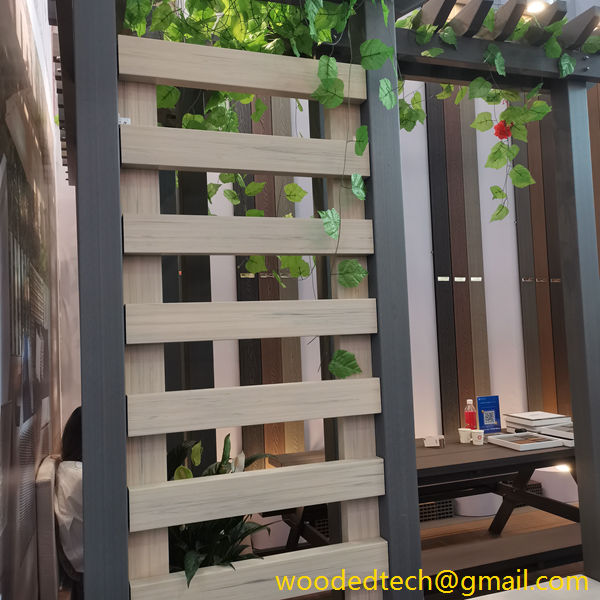
When considering the dimensions of WPC panels, it is also essential to take into account the installation method. WPC panels can be installed using screws, clips, or interlocking systems, depending on the design and intended use. Each installation method may have specific requirements regarding panel dimensions and spacing. For instance, if you are using a clip system, you may need to leave gaps between panels for expansion and contraction due to temperature changes. Understanding these requirements will help you plan accurately and avoid issues during installation.
Another aspect to consider is the weight of WPC panels. While they are generally lighter than traditional wood, their weight can still vary depending on the thickness and density of the material. It is crucial to ensure that the underlying structure can support the weight of the panels, especially in decking applications. Make sure to consult the manufacturer’s specifications for load-bearing capacities and installation guidelines.
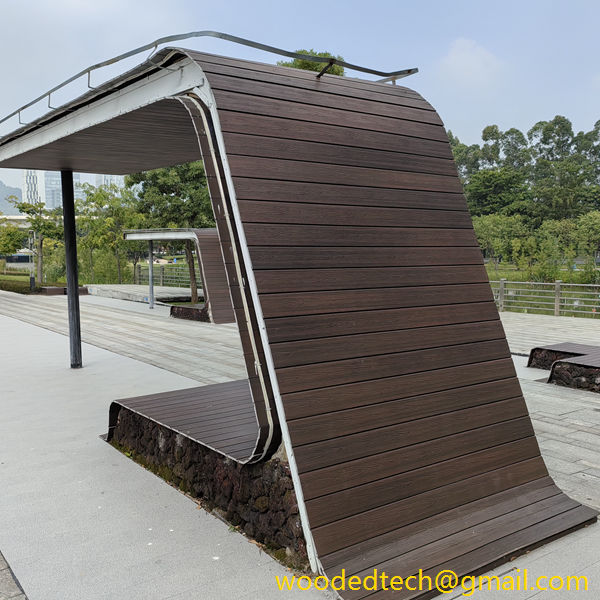
Maintenance is another critical factor that ties back to the dimensions of WPC panels. Though WPC requires less maintenance than traditional wood, it is still important to follow some basic care guidelines to ensure longevity. Regular cleaning is necessary to prevent dirt and grime from building up on the surface. The dimensions of the panels can affect how easily you can clean them, especially in hard-to-reach areas. Ensuring that the panels are installed with adequate spacing can facilitate easier cleaning and maintenance.
In addition to cleaning, periodic inspections of the panels for signs of wear and tear are essential. Look for any cracks, discoloration, or warping, particularly around the edges or joints. If any damage is detected, addressing it promptly can prevent further deterioration and extend the lifespan of the panels. Knowing the dimensions of your panels will help you identify specific areas that require attention and make repairs more manageable.
In conclusion, understanding the dimensions of WPC panels is fundamental for accurate planning, installation, and maintenance. By carefully measuring the installation area, calculating the number of panels required, and considering the installation method, you can ensure a successful project. Furthermore, being proactive about maintenance will contribute to the longevity of the WPC panels. By following these guidelines, you can enjoy the benefits of WPC panels while minimizing potential issues during installation and throughout their lifespan.

